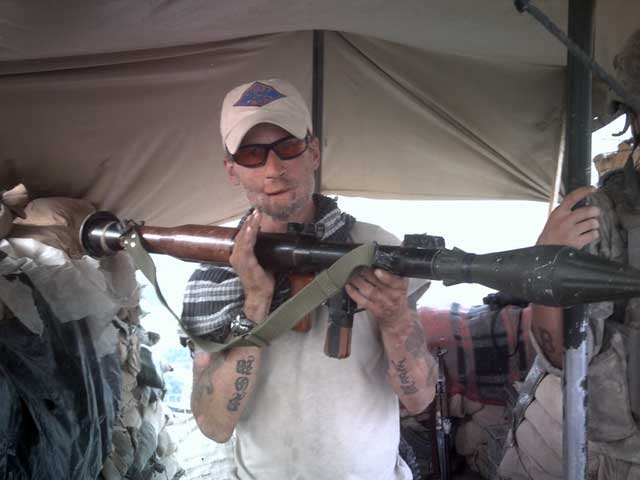SGT Jerrald Jensen, United States Army
Sergeant Jerrald Jensen enlisted in the U.S. Army in 2004. After completing training, he was assigned to the 3rd Squadron, 61st Cavalry Regiment at Fort Carson, Colorado, and soon deployed to Iraq.
On August 22, 2007, an explosively formed penetrator (EFP) struck his vehicle, sending molten copper through his knee and face. Despite catastrophic injuries, Jensen pulled the vehicle off the road, returned fire, and continued engaging the enemy until he was shot again. When medevac arrived, the damage was so severe that his own wife did not recognize him.
He remained in a medically induced coma for ten weeks. Physicians told his family he would likely spend the rest of his life in a permanent vegetative state.
In 2008, after multiple reconstructive surgeries, Jensen informed his commander that he wanted to return to combat. His request was approved. Six months later, still dependent on a feeding tube, he redeployed to Afghanistan. During that tour, he re-fractured the titanium plates in his jaw and was returned to the Warrior Transition Unit (WTU).
In October 2011, a civilian hospital emergency CAT scan revealed a spinal condition that required surgery within 72 hours to prevent permanent paralysis. The WTU informed him that it would take at least six weeks to schedule the procedure. When his wife demanded immediate action, WTU staff accused her of being unstable and under the influence of drugs, then formally reprimanded Jensen for failing to “control” her.
The same Army that had twice sent him into combat was now prepared to discharge him without the care or benefits he had earned.
Retired Special Forces Sergeant Major Matt Bessler, a nine-tour veteran with three Bronze Stars who was in the WTU alongside Jensen, saw it firsthand: “They fail to realize what these guys are going through because none of them has ever set foot in another country. They should be helping. They just don’t get it.”
Through the determined advocacy of the Uniformed Services Justice & Advocacy Group (USJAG), Sergeant Jensen was finally granted a medical retirement with full benefits and the lifetime medical care he deserved.
Today, the soldier doctors once said would never awaken, much less walk again, stands with his family. He is living proof that no warrior’s sacrifice should ever be forgotten or discarded.
Sergeant Jerrald Jensen’s future was secured because USJAG fought for him when the system tried to turn its back.

